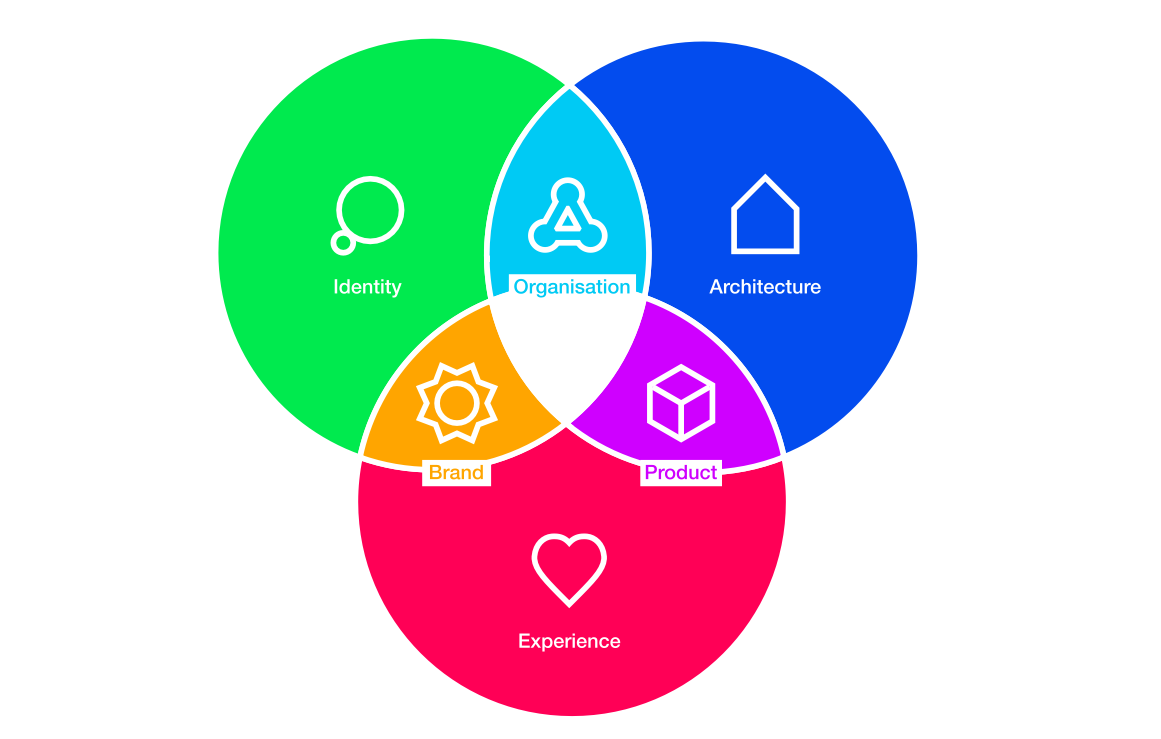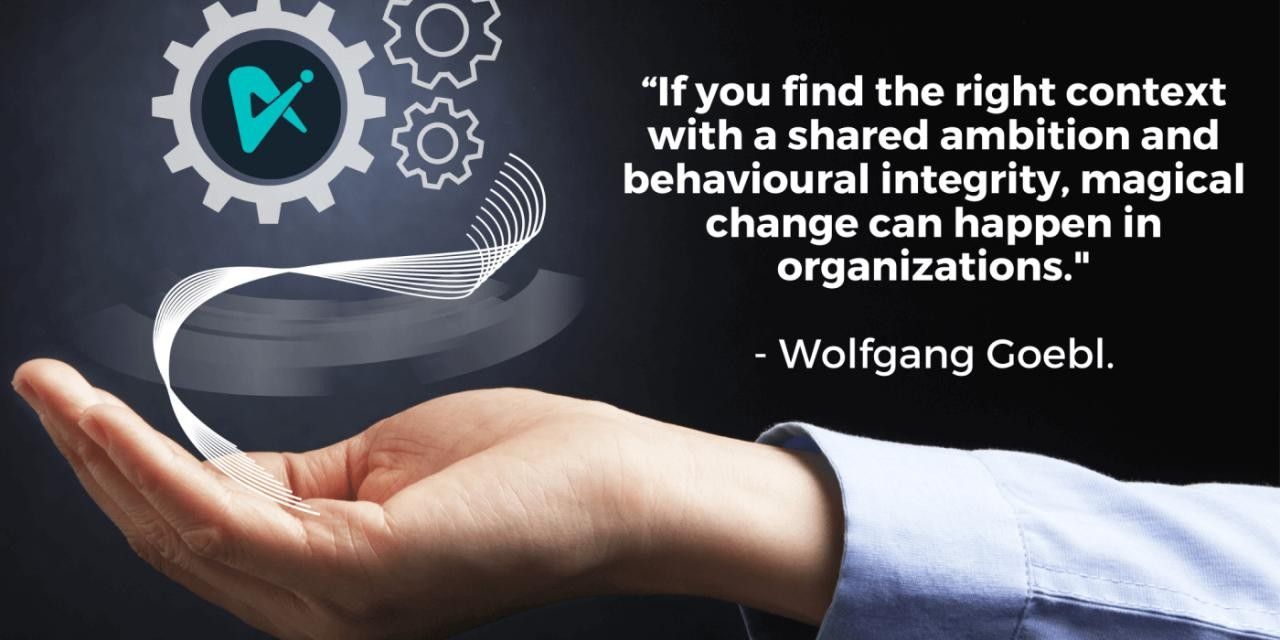I recently had the pleasure of chatting with Wolfgang Goebl, a visionary in the field of business architecture and enterprise design. His unique approach, which he refers to as "architectural thinking," and his work with the EDGY framework, offer valuable insights into the future of organizational structure and design. This tool covers the essential activities needed to create better enterprises: clarifying and exploring challenges, understanding the current configuration of enterprise elements and collaboratively charting potential futures.
"To become whole, enterprises must embrace a holistic, collaborative way of design. Transcending silos, combining perspectives, looking for connections instead of divisions. An enterprise designed together works better together." - Bard Papegaaij, Wolfgang Goebl and Milan Guenther, curators of EDGY 23.
Wolfgang's journey from IT to business architecture to a broader enterprise perspective highlights the value of adaptability in one's career. He emphasises the importance of architectural thinking being accessible to business leaders and decision-makers rather than just IT departments. This shift in thought is critical for organisations that want to remain relevant and agile in a climate of rapid change.
Wolfgang emphasized the importance of simplifying architectural models to make them more understandable for business professionals. He believes that by reducing complex meta models and creating easy-to-apply tools, businesses can better align their IT and business strategies. This approach not only fosters collaboration between departments but also helps in making more informed decisions that drive the company forward.
Throughout the conversation, Wolfgang stressed the need for businesses to be adaptable and responsive to change. He pointed out that many organizations struggle with data quality and system consolidation, which hinders their ability to leverage new technologies like AI effectively. By adopting a clear architectural framework and being willing to rearchitect when necessary, businesses can stay ahead of the curve and unlock their full potential.
Wolfgang introduced the EDGY framework, which provides a visual and structured way to look at enterprises. It consists of three facets—architecture, experience, and identity—that, when combined, offer a comprehensive view of an organization. This framework allows for a more holistic approach to enterprise design, considering the ambition and journey of the people involved.


Reflecting on my conversation with Wolfgang, it is clear that his interest in architectural thinking and enterprise design has the potential to transform how businesses approach their structures and strategies. Wolfgang's work with EDGY provides a valuable toolkit for organisations looking to navigate the ever-changing business landscape by breaking down complex concepts and promoting a language that crosses departmental boundaries. His insights are not limited to the tools themselves, but also to the value they provide in terms of creating adaptable, well-understood, and purpose-driven businesses. Remember, it's not just about the architecture; it's about the people's journeys and shared goals. Keep this in mind as you design and plan the future of your own organisation.
You can find the link to the video of this podcast here.
Did you like this blog post? Never miss an update when we publish next:
ENTERPRISE DESIGN PATTERNS
Capturing a wealth of experience from many sources, four world-class enterprise designers and architects present a collection of 35 immediately applicable solutions to successful enterprise design.
Buy the book